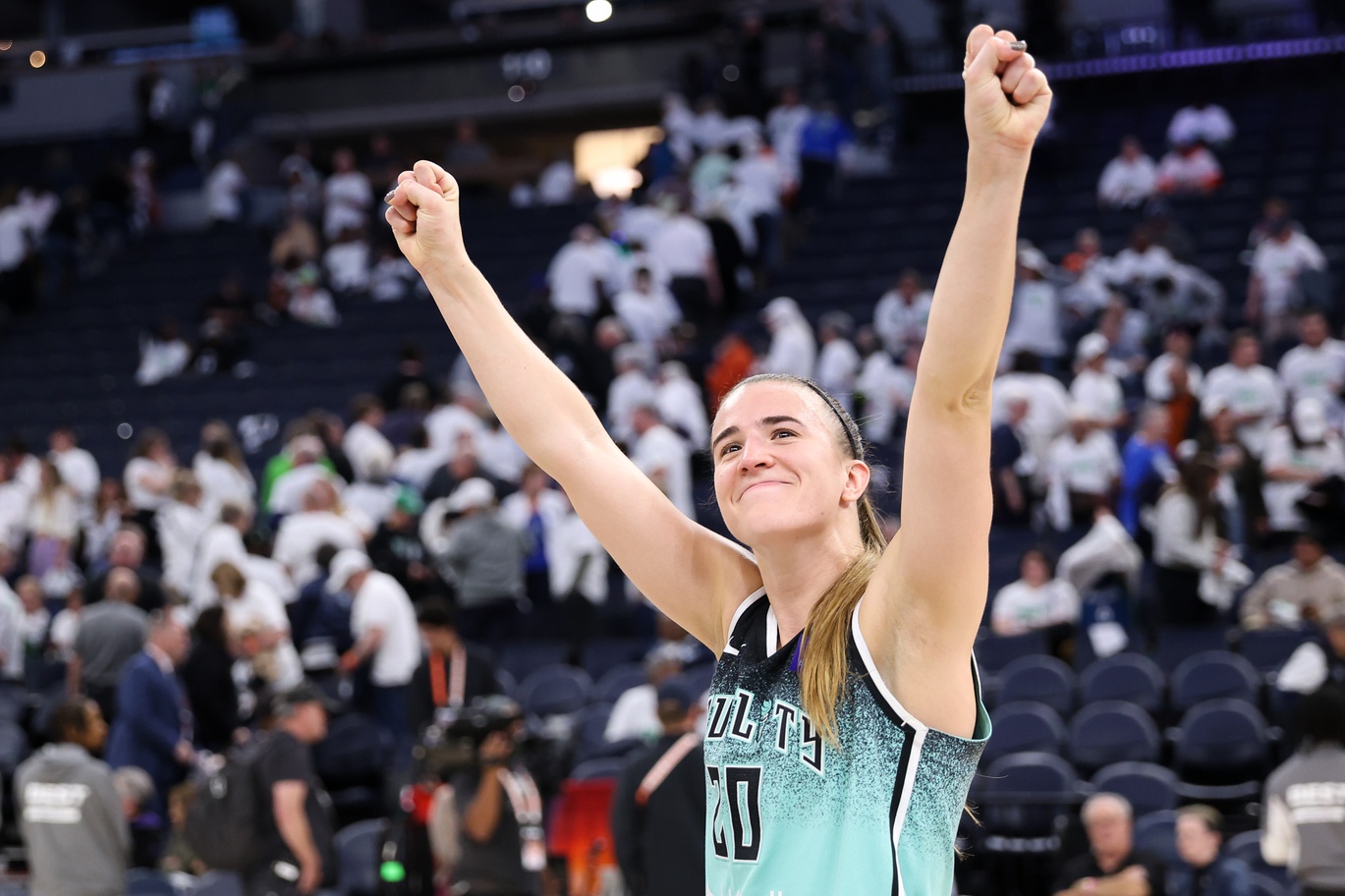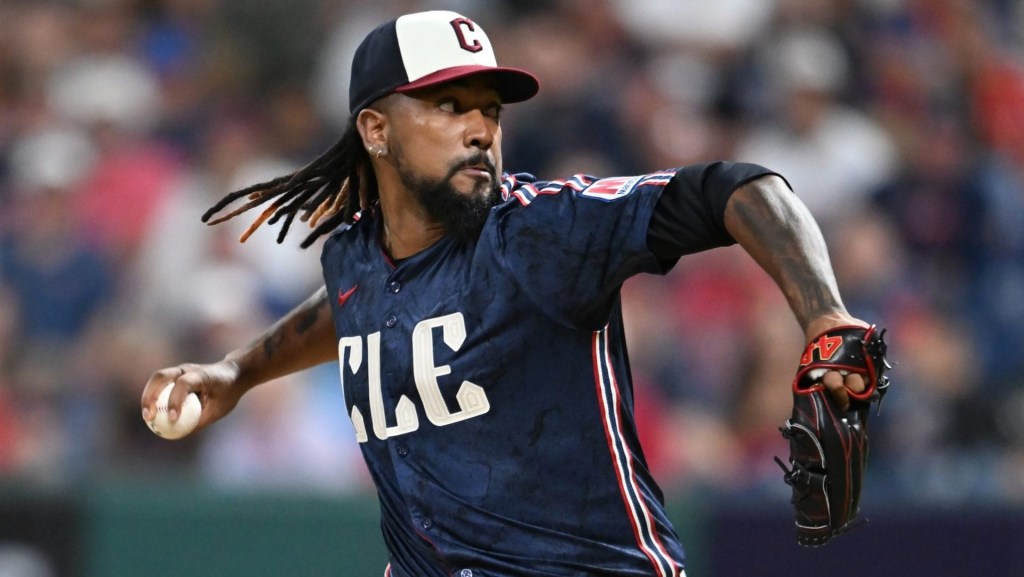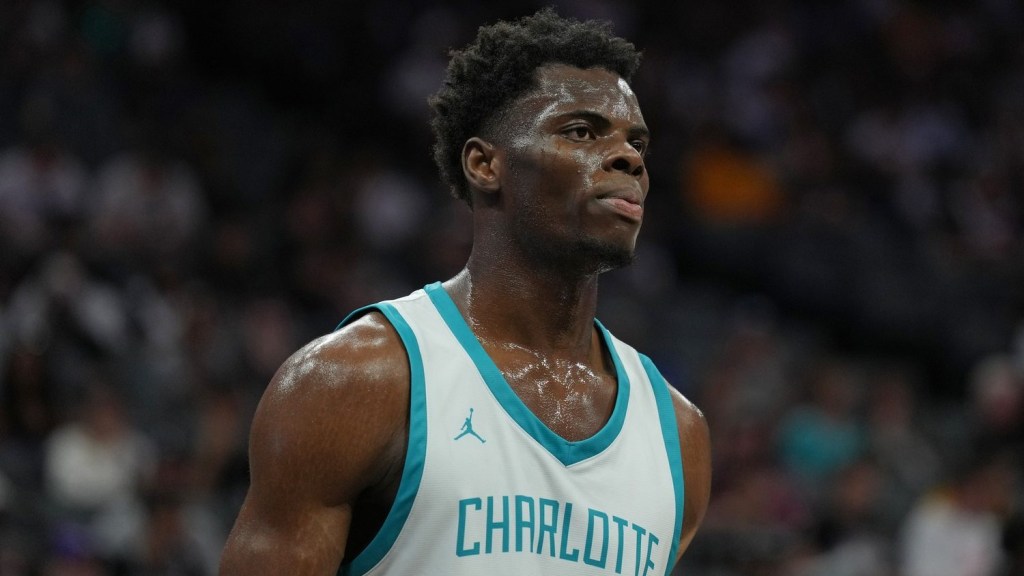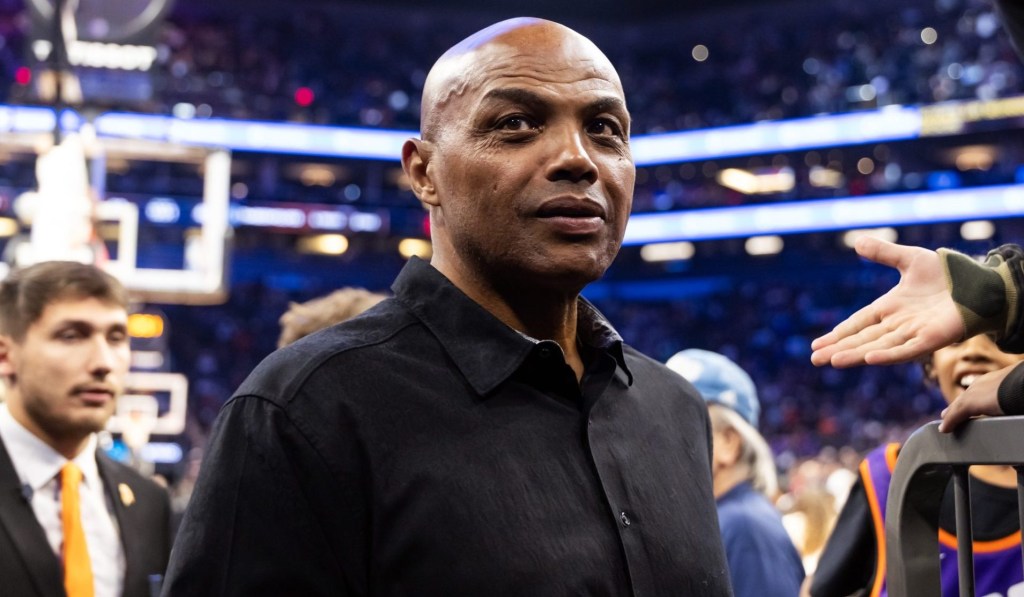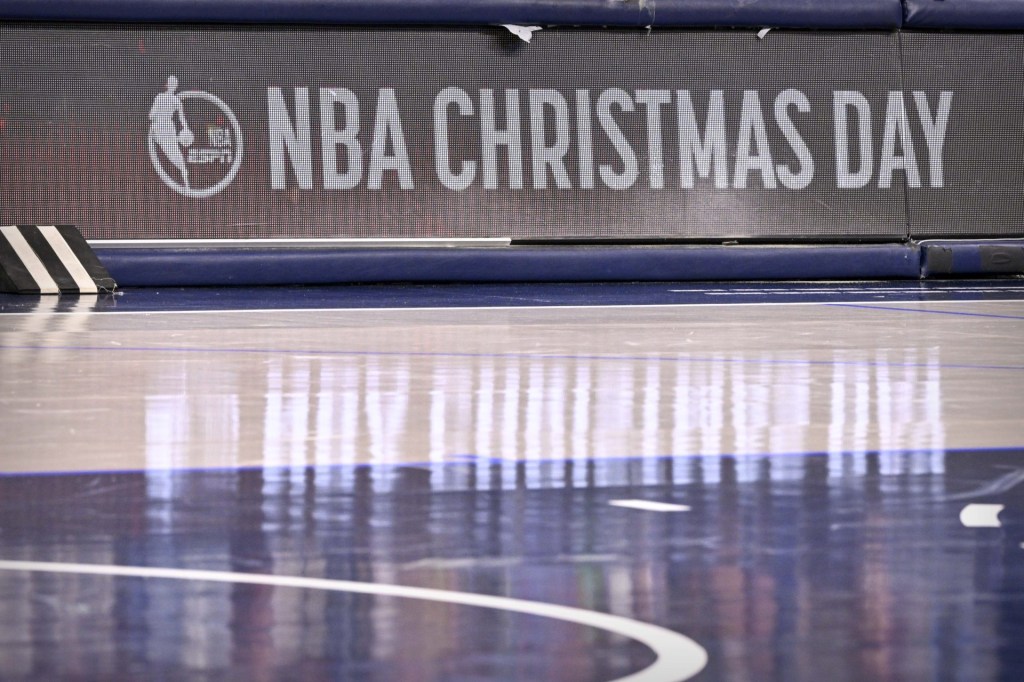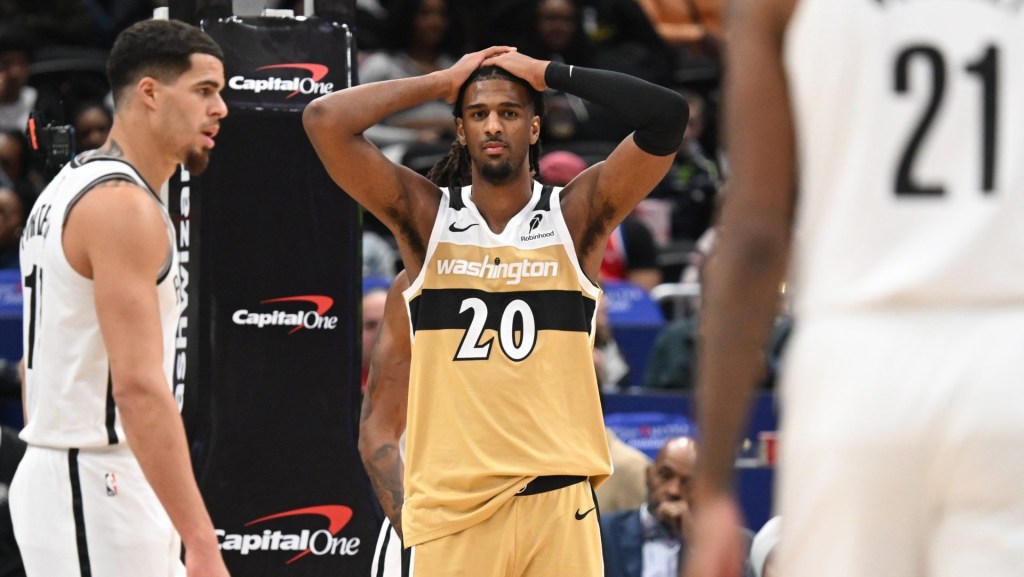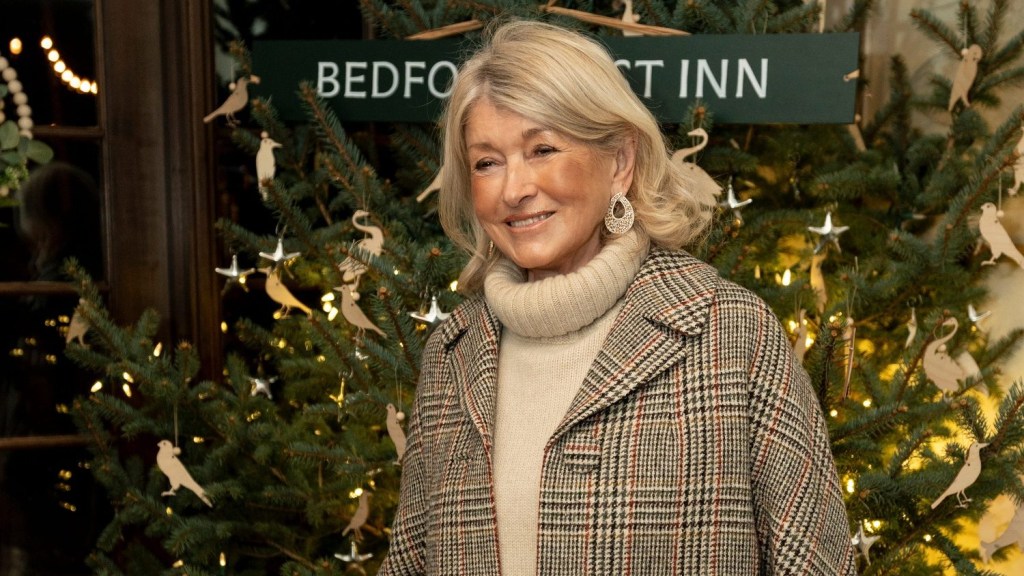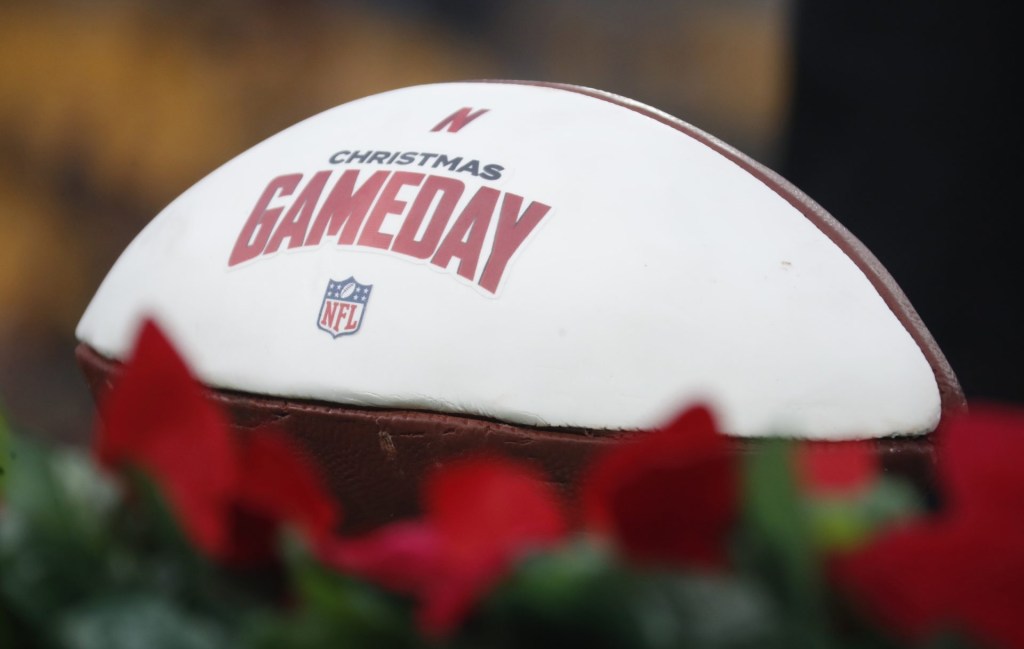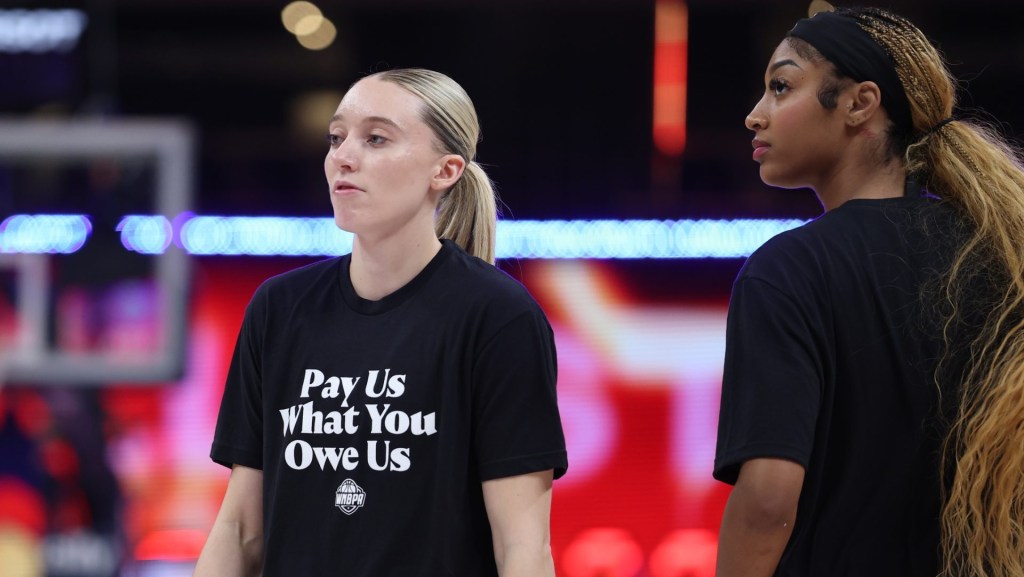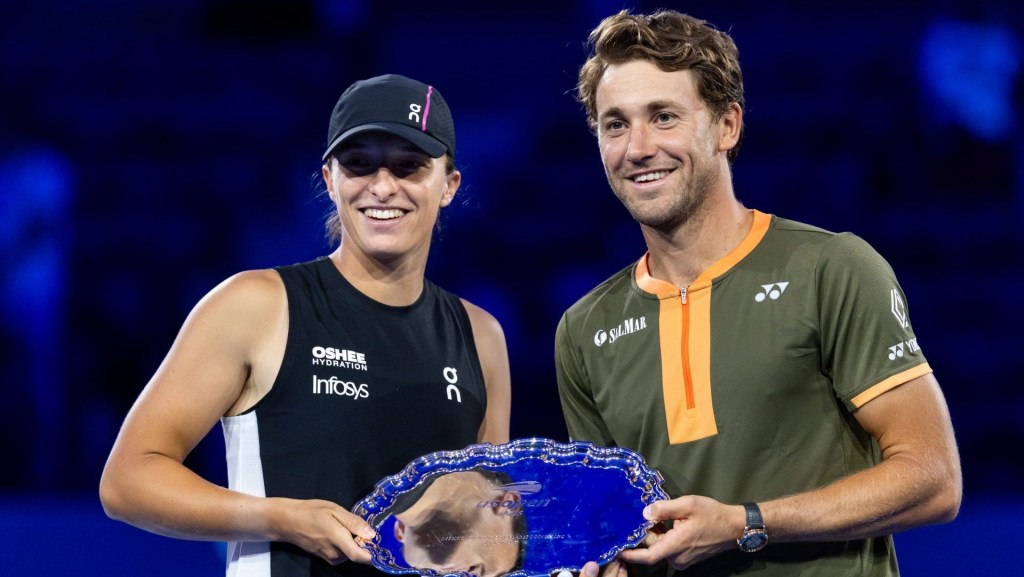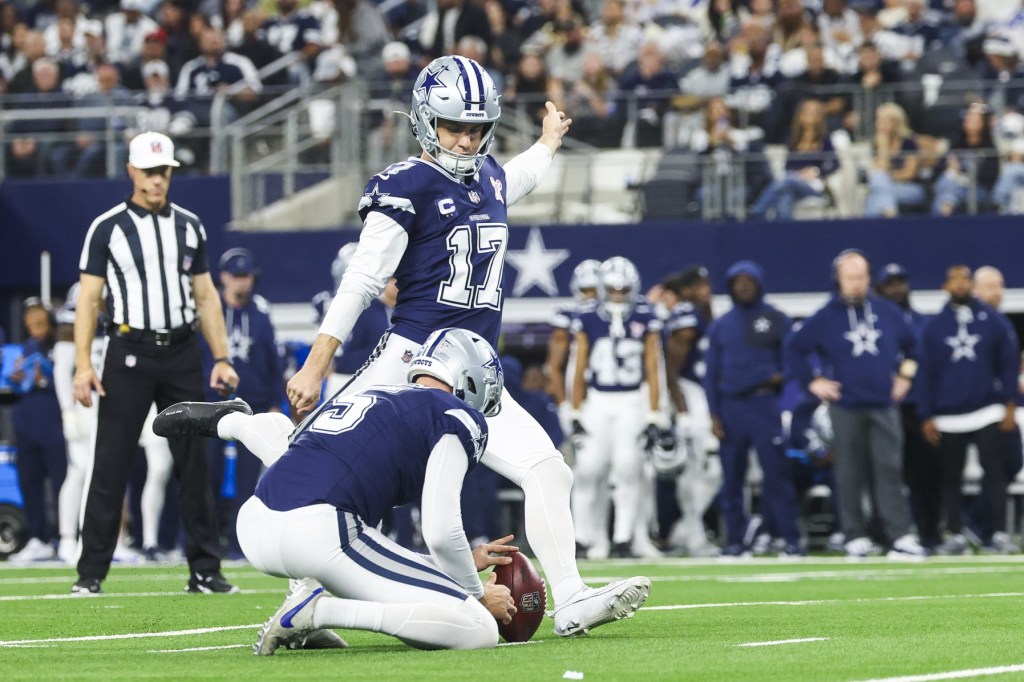During a livestream earlier this week, Chicago Sky rookie Angel Reese revealed her WNBA salary does not cover her bills.
Reese, who was the No. 7 pick in the 2024 draft, made around $73,000 this season, and Caitlin Clark, the top pick of the draft, only made about $3,000 more. (It should be noted both players have substantial endorsement deals.)
The salaries of WNBA players—which go only as high as about $250,000—have been a topic of discussion for years, but have been under a spotlight this season given the unprecedented attention the league has received since the arrival of the 2024 rookie class. The current collective bargaining agreement awards just 9.3% of the league’s revenue to players, a deal signed in 2020, well before the WNBA consistently drew more than a million viewers for prime-time games. That percentage speaks to the economic realities of the league; without the coming influx of TV money, it is still losing money and subsidized by the NBA.
It comes as no surprise that the league’s players are expected to opt out of the current CBA by the Nov. 1 deadline. But even with the opt out, the current CBA rules will hold until the 2026 season—which is why Breanna Stewart has openly mentioned structuring her contracts to ensure a new deal can be made the year the CBA changes are applied.
During CBA negotiations, the players will undoubtedly look to increase their share of the league’s revenue. Their NBA counterparts receive around 50% of the league’s basketball-related income—but an increase to just 20% or 30% for the WNBA could mean exponential increases to the salary cap.
That’s before mentioning the league’s increase in revenue starting in 2026, driven by the $2.2 billion media-rights deal it secured alongside the NBA in July with ESPN, NBC, and Amazon. That deal is worth $200 million annually and could rise as high as $272 million per year as more partners are secured, which would be four times as much as the league currently receives.
A revenue bump coupled with a revenue-share increase for the players could theoretically raise the salary cap far enough for max deals to land around the million-dollar-per-year mark, while minimum salaries could shift from about $64,000 to well in the six-figure range.
Seismic Shifts
However, this puts the league at risk of a severe roster construction issue.
Assuming the current salary cap doubles or even triples by 2026, every team would essentially have the flexibility to sign any available player. This could be advantageous for franchises in big markets with massive practice facilities and deep-pocketed owners like the New York Liberty or even the incoming Golden State Valkyries.
It could turn into an extreme version of what happened in the NBA in 2016, when its new media-rights deal kicked in and the salary cap increased by 35%, which is how the Warriors, coming off a 73-win season, were able to sign Kevin Durant.
The NBA added cap-smoothing to its CBA in 2020, which ensured the salary cap would only increase a maximum of 10% every year regardless of revenue increases. It may seem obvious for the WNBA to include some form of cap-smoothing—but that rule is a lot easier to swallow in the NBA where the average salary is nearly $12 million.
In the WNBA, the league and its players will need to thread the needle to find a solution that pays players adequately but doesn’t drastically tilt the balance of power.
